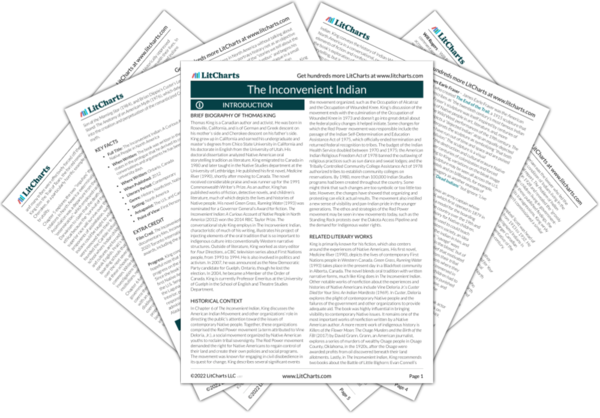Again, tribal sovereignty is a contentious issue until the possibility of leveraging sovereignty for the economic advancement of Whites becomes a possibility. Unfortunately, the Navajo Nation’s situation isn’t unusual. Across the continent, tribal land is exploited for the extraction of natural resources. For example, the Dakota Access pipeline’s proximity to the Standing Rock Indian Reservation has compromised access to clean air, water, and disrupted land sacred to the Lakota. Construction of the 1,172-mile-long underground pipeline has inspired numerous protests.
